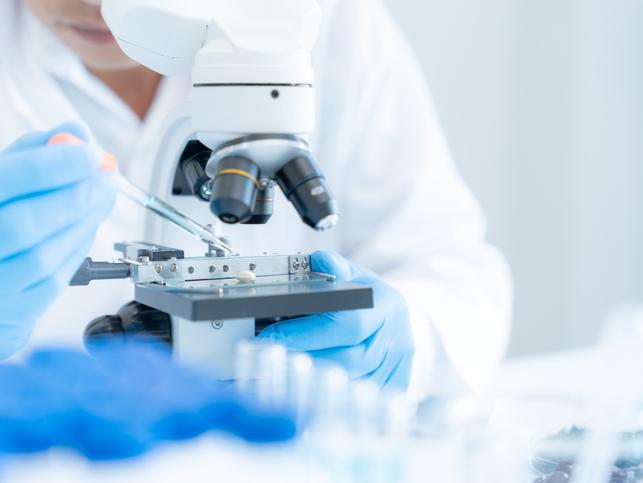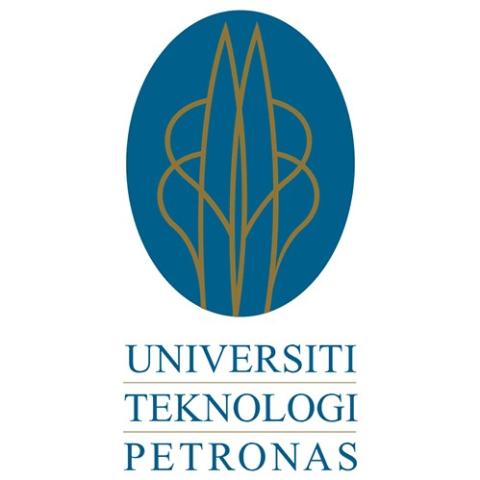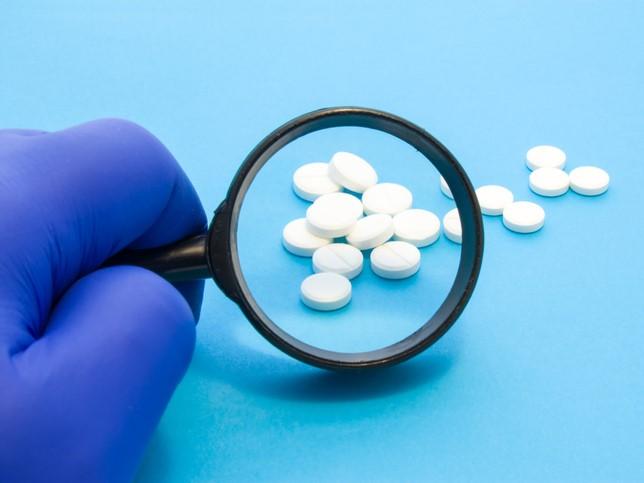
Centralise laboratory management for better teaching and research
Laboratory management plays a crucial role in supporting teaching, learning and research activities in universities. While some universities prefer a decentralised approach managed by individual departments, we at Universiti Teknologi Petronas (UTP) have adopted a centralised system. Here, we’ll highlight the ways that centralised laboratory management has been successful.
Lean management
A single department overseeing overall laboratory operations streamlines processes and improves effectiveness. At UTP, the Laboratory Management Department (LMG) reports directly to the chief support services officer, acting as a neutral party to advise academics on laboratory matters. This centralised approach ensures clear, consistent communication and enhanced collaboration. It allows the university’s management to implement top-down directives, and overall laboratory performance is more efficiently monitored and evaluated.
- Ten tips when building a centralised evaluation unit
- Show your research impact: a guide for academics and researchers
- How to develop a researcher mindset as a PhD student
To ensure effective and efficient operations, LMG is divided into six operational units – namely, Laboratory Operations and Services, Centralised Analytical Laboratory, Engineering Prototyping and Innovation Centre, Quality and Statutory Compliance, Planning and Asset Management, and Centralised Chemical and Material Management. Each section head reports directly to the director, forming the LMG leadership team (LT). This team is responsible for setting goals, making decisions, tracking performance and fostering collaboration across the university. Each LT has a specific role, and they work together to achieve LMG’s overall objectives.
Focus on academic deliverables
In a decentralised system, academics, especially heads of department, juggle both academic and laboratory management responsibilities. This can include managing equipment, manpower, processes and expenditures. Centralised management segregates these responsibilities. Academics can focus entirely on their scholarly activities, while LMG handles the complexities of laboratory management. Instead, academics act as advisers, ensuring that equipment acquisitions align with their objectives.
Optimise the use of resources
We can use our resources more strategically with centralised management. Manpower is assigned to laboratories based on their requirements, allowing staff to be flexible and deploying them where they’re strongest. The Centralised Chemical and Material Management unit has streamlined the inventory and procurement processes of chemicals, gases and consumables. The Planning and Asset Management unit oversees purchasing and maintenance of equipment, while the Quality and Statutory Compliance unit ensures adherence to QE/5S standards and safety regulations.
Budget optimisation
With the laboratory management budget centralised, it’s easier to control overall expenditure. Consistent laboratory management practices allow for better oversight of Capital Expenditure (Capex) and Operational Expenditure (Opex) spending. Spending is more prudent with centralised budgeting, as bulk purchasing, fleet maintenance service contracts and ensuring the budget is used where needed most all help to keep costs down.
Centralised KAIZEN Initiatives
Centralised management allows for standardisation in practice. LMG has introduced several KAIZEN (continuous improvement) initiatives university-wide. For example, laboratory dustbins are standardised by colour based on function: yellow for contaminated waste and blue for general waste. The LMG leadership team conducts HSE walkabout sessions three times a month to identify improvement opportunities in QE/5S, statutory compliance, asset integrity and housekeeping. Findings are closely monitored to ensure timely closure.
LMG has also implemented online inspections via QR code for monthly fume hood and eye wash inspections and quarterly self-inspections of equipment reported monthly to the LMG leadership team. To foster innovation and encourage creativity within LMG, a business process improvement initiative has been introduced. Using this platform, LMG personnel can leverage their expertise and propose their own improvements, either individually or as a team.
Centralisation of analytical equipment
Universities often have high-end analytical equipment dedicated to each department. Often, this results in expensive machines and products never getting used. Centralised management at UTP allows all high-end analytical equipment to be managed centrally, with the number of units determined based on university-wide requirements. Because of this, manpower and the budget are spent only where they’re needed and the equipment is used more.
Centralised laboratory management offers significant advantages, including enhanced efficiency, improved quality and cost-effectiveness. By consolidating laboratories under a central management system, we have streamlined practices and allocated resources better. It’s also led to improved communication between different laboratories, which in turn has allowed us to be more consistent in quality control and make important decisions faster.
Mohd Fatimie Irzaq Khamis is director of laboratory management at the Universiti Teknologi Petronas.
If you would like advice and insight from academics and university staff delivered direct to your inbox each week, sign up for the THE Campus newsletter.




